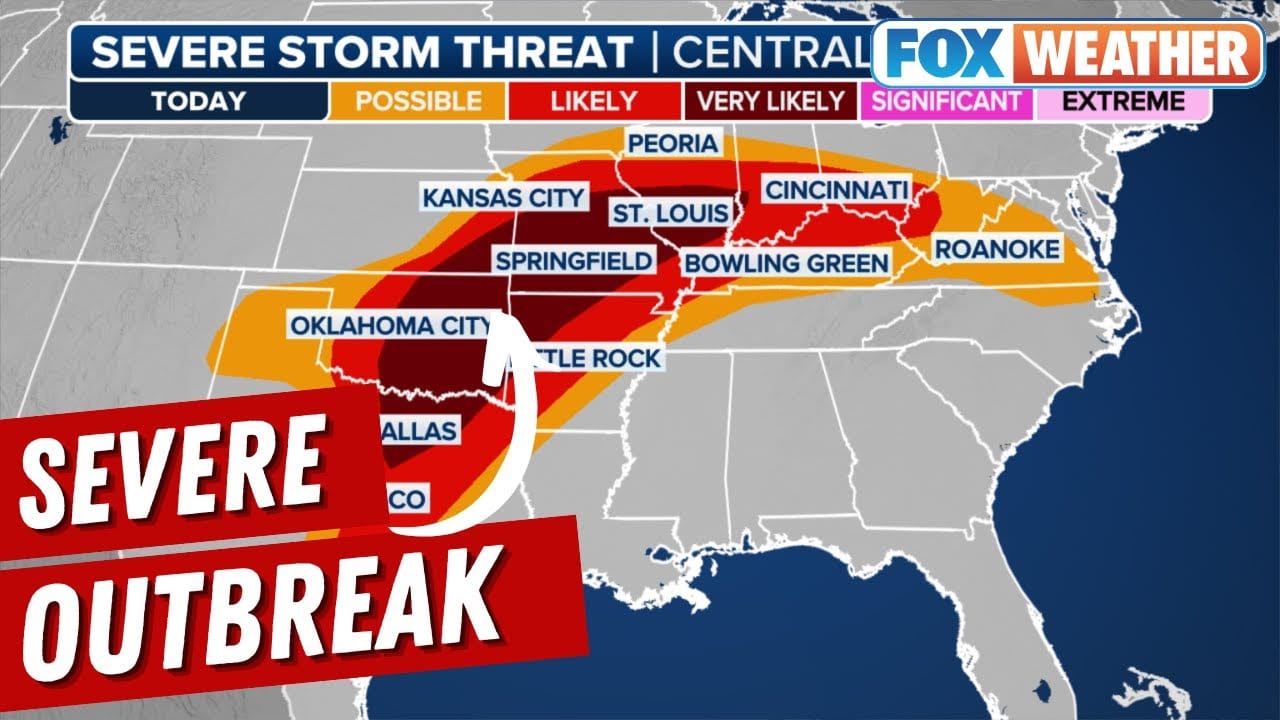In a tragic incident, giant waves have caused the death of at least one individual along the coast of Ecuador. The phenomenon, attributed to a combination of meteorological factors, has led to significant disruptions in the region, including the closure of multiple ports in Peru. Local authorities are currently evaluating the situation to ensure the safety of residents and to mitigate further risks associated with the ongoing weather events.
The incident occurred during a period of heightened wave activity, which has been linked to unusual climatic conditions in the Pacific Ocean. Reports indicate that the waves reached heights unprecedented for the region, leading to dangerous conditions along the shoreline. Eyewitness accounts describe scenes of chaos as the waves crashed against coastal infrastructure, submerging boats and causing extensive damage to waterfront properties.
The victim, whose identity has not yet been disclosed, was reportedly swept away by the waves while attempting to navigate the turbulent waters. This tragic loss has sent shockwaves through the local community, prompting an outpouring of grief and concern for the safety of others who frequent the coastal areas. Authorities are urging residents to exercise caution and to heed warnings regarding the dangers posed by the current wave conditions.
In response to the escalating situation, Peruvian authorities have taken precautionary measures by closing several ports along their coastline. This decision aims to protect both maritime operations and the safety of individuals who may be exposed to the hazardous conditions. The closures are expected to remain in effect until the weather stabilizes and conditions improve.
The impact of these giant waves extends beyond immediate safety concerns; local economies that rely on maritime activities are also facing challenges. Fishing and shipping industries, vital to the livelihoods of many in the region, have been significantly affected by the port closures. The economic repercussions could be felt for weeks or even months, depending on the duration of the closures and the time required for recovery.
Meteorologists are closely monitoring the situation, as the unusual wave activity may be indicative of broader climatic changes occurring in the Pacific. The phenomenon, often referred to as “king tides,” can be exacerbated by various factors, including storm systems and shifts in ocean currents. Experts are working to provide accurate forecasts to help communities prepare for potential future events.
As the situation develops, local governments are working in collaboration with national agencies to ensure that residents are informed and safe. Community outreach efforts are underway to educate the public about the risks associated with giant waves and to provide guidance on how to respond in emergencies. Emergency services are on high alert, ready to assist in any rescue operations that may be necessary.
In addition to the immediate concerns, the incident has sparked a broader conversation about climate resilience and the need for improved infrastructure along vulnerable coastlines. The increasing frequency and intensity of extreme weather events have raised questions about the preparedness of coastal communities to withstand such challenges. Stakeholders are being urged to consider long-term strategies that address both immediate safety and future risks.
As recovery efforts begin, the focus will remain on supporting affected families and communities. The loss of life is a stark reminder of the power of nature and the importance of respecting coastal environments. Local leaders are calling for solidarity as they navigate the aftermath of this tragic event, emphasizing the need for collective action to enhance safety and resilience in the face of unpredictable weather patterns.
In conclusion, the recent giant waves that struck Ecuador and impacted Peru have highlighted the vulnerabilities of coastal communities to extreme weather events. As authorities continue to assess the situation and respond to the needs of affected residents, the focus will remain on ensuring safety, facilitating recovery, and preparing for future challenges posed by a changing climate.

